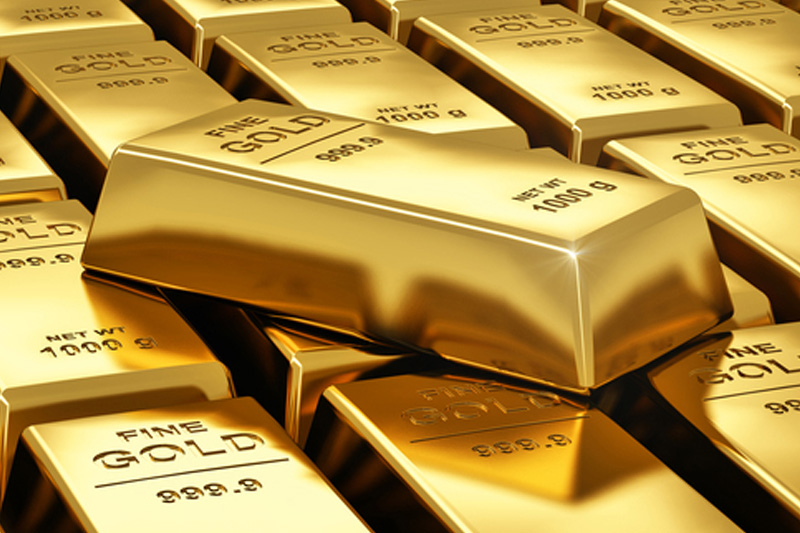By Barani Krishnan
Investing.com - Gold returned to above the key $1,800 an ounce level on Tuesday as U.S. consumer inflation data for August came in within expectations, allaying some investors’ concerns that the Federal Reserve will resort to a faster-than-expected taper of its economic stimulus.
Most-active December gold on New York’s Comex settled up $12.70, or 0.7%, at $1,807.10 after moving between 1,783.35 and $1,810.65.
The U.S. Consumer Price Index expanded by 5.3% in August from the prior year, moderating from July’s growth of 5.4%, as per economists’ projections. While it may not be enough on its own to prevent a Fed taper, the reading eased some concerns about runaway inflation. It also validated the central bank’s assertion that the heady price pressures seen since the start of the year will ease by the fourth quarter.
“CPI is decelerating and that should be very good for gold in the short-term as real interest rates go down,” said Ed Moya, analyst at online trading platform OANDA. “After the August CPI print, gold should have enough momentum to stabilize above $1800 by the end of today, but if it doesn’t, it could get very ugly.”
The question of when the Fed ought to taper its stimulus and raise interest rates has been hotly debated in recent months as economic recovery conflicts with a resurgence of the coronavirus’ Delta variant. Chairman Jay Powell is to hold a news conference on Thursday after the Fed’s monthly two-day policy meeting.
The Fed’s stimulus program and other monetary accommodation have been blamed for aggravating price pressures in the United States. The central bank has been buying $120 billion in bonds and other assets since the Covid-19 outbreak of March 2020 to support the economy. It has also been keeping interest rates at virtually zero levels for the past 18 months.
After declining 3.5% in 2020 from business shutdowns owing to Covid-19, the US economy expanded robustly this year, expanding 6.5% in the second quarter, in line with the Federal Reserve’s forecast.
The Fed’s problem, however, is inflation, which has been outpacing economic growth.
The Fed’s preferred gauge for inflation - the core Personal Consumption Expenditures Index, which excludes volatile food and energy prices - rose 3.6% in the year through July, its most since 1991. The PCE Index including energy and food rose 4.2% year-on-year.
The Fed’s own target for inflation is 2% per annum.
